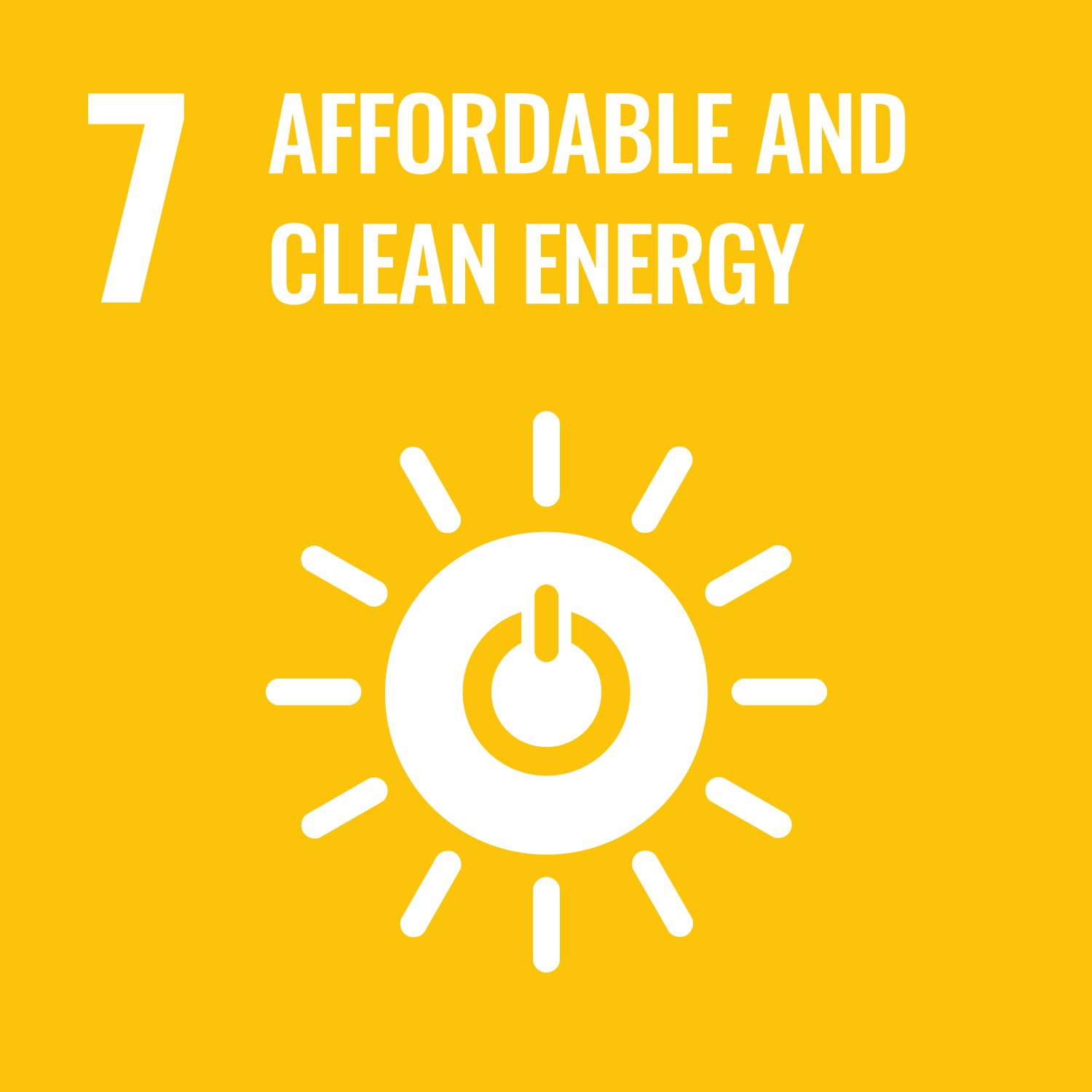In this lecture, considering the external environment surrounding the design, students will learn a system that establishes
forms and environments that can cherish creativity and designs themselves and links them to production or production. Also
learn about the overall design process so that you can understand the gap between 'real' and 'real' designed by them through
group activities.
This lecture is carried out in a form that can cultivate creativity. Students will design themselves in consideration of the
external environment and link them to production or production. Students also aim to acquire engineering and designing skills
by experiencing the entire design process so that they can understand the gap between "objects" designed by themselves and
the actual through group activities.
- To correctly understand and apply the method of analyzing and synthesizing tasks to be designed and manufactured as things.
- Through group work, communication, presentation and management can be done.
- To understand the process of planning designing issues to be designed and manufactured under constraints.
- To understand the process of creating the designed equipment as things.
| Class schedule | HW assignments (Including preparation and review of the class.) | Amount of Time Required | |
|---|---|---|---|
| 1. | Design and production of a Stirling cycle engine · Lecture: model prototype in design education · Lecture: Significance in engineering of design · Lecture: Design process · Introduction of mini-company system and design by group work - Explanation of the method of production. (This class will be held for 2 consecutive periods) |
Read textbook | 140minutes |
| 2. | Presentation of conceptual design related to design task by students (Outline of basic knowledge) (This class will be held for 2 consecutive periods) |
Study issues and prepare for presentation. | 140minutes |
| 3. | Presentation of basic design for given task by students (Features of technology development etc.) (This class will be held for 2 consecutive periods) |
Study issues and prepare for presentation. | 140minutes |
| 4. | Presentation of basic design by students (Specification value and material selection and processing method, Spatial arrangement of parts, materials used, mechanical and processing properties) (This class will be held for 2 consecutive periods) |
Study issues and prepare for presentation. | 140minutes |
| 5. | Presentation of detailed design by students (Preparation of production drawing and examination of processing method, dynamic analysis and consideration for engine) (This class will be held for 2 consecutive periods) |
Study issues and prepare for presentation. | 140minutes |
| 6. | Presentation of detailed design by students (Assembly and evaluation of prototype products, performance analysis of products) (This class will be held for 2 consecutive periods) |
Study issues and prepare for presentation. | 140minutes |
| 7. | Submission of design document and production drawing and prototype Demonstration of engine dynamics (This class will be held for 2 consecutive periods) |
Study issues and prepare for presentation. | 140minutes |
| 8. | * | * | 0minutes |
| 9. | ****** | ****** | 000000minutes |
| Total. | - | - | 980minutes |
| report | presentation | Total. | |
|---|---|---|---|
| 1. | 10% | 10% | 20% |
| 2. | 10% | 10% | 20% |
| 3. | 10% | 10% | 20% |
| 4. | 20% | 20% | 40% |
| Total. | 50% | 50% | - |
Evaluate by submission (design document · CAD drawing · and design note) and presentation.
Calculate the overall score as the submission (full score of 75 points) and the presentation (full score of 25 points).
If the score is over 60, it is acceptable.
Calculate the overall score as the submission (full score of 75 points) and the presentation (full score of 25 points).
If the score is over 60, it is acceptable.
| ways of feedback | specific contents about "Other" |
|---|---|
| Feedback in outside of the class (ScombZ, mail, etc.) |
Textbook:「模型づくりで学ぶスターリングエンジン」濱口和洋 他著/オーム社および担当者で作成した資料
Reference book: 「スターリングエンジンの理論と設計」山下 厳 他著/山海堂
Reference book: 「スターリングエンジンの理論と設計」山下 厳 他著/山海堂
Students should learn Material mechanics, Industrial mechanics, Hydrodynamics, Thermodynamics, Heat transfer, Material science
and Machining process.
- Monday's lunch break, in the professor's room (Aoki)
- Course that cultivates an ability for utilizing knowledge
- Course that cultivates a basic interpersonal skills
- Course that cultivates a basic problem-solving skills
- Course that cultivates a basic self-management skills
| Work experience | Work experience and relevance to the course content if applicable |
|---|---|
| N/A |




- 4.QUALITY EDUCATION
- 7.AFFORDABLE AND CLEAN ENERGY
- 9.INDUSTRY, INNOVATION AND INFRASTRUCTURE
- 12.RESPONSIBLE CONSUMPTION & PRODUCTION
Last modified : Sat Sep 09 05:46:34 JST 2023

